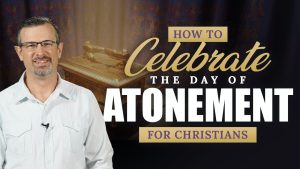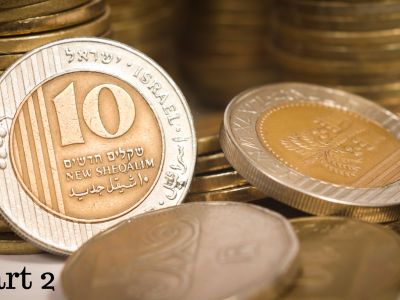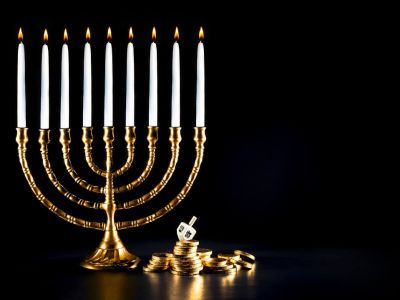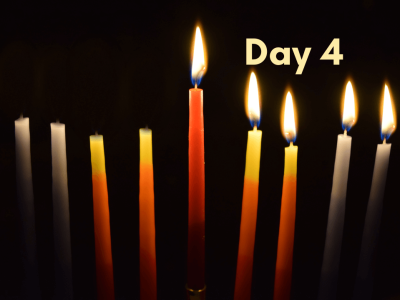How to Celebrate Feast of Yom Kippur
How to Celebrate Feast of Yom Kippur
How to Celebrate Yom Kippur:
A Christian–Messianic Perspective
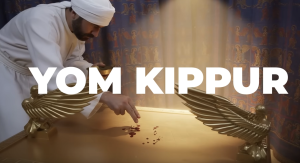 Yom Kippur, the Day of Atonement, is the holiest day on God’s (Yahweh’s) calendar. While traditionally rooted in Judaism, it carries deep prophetic and spiritual meaning for Christians as well. Many believers today are rediscovering the biblical feast days and learning how to honor them in light of Yeshua (Jesus), our Messiah and High Priest.
Yom Kippur, the Day of Atonement, is the holiest day on God’s (Yahweh’s) calendar. While traditionally rooted in Judaism, it carries deep prophetic and spiritual meaning for Christians as well. Many believers today are rediscovering the biblical feast days and learning how to honor them in light of Yeshua (Jesus), our Messiah and High Priest.
Let’s explore the meaning of Yom Kippur, its biblical foundations, prophetic connections, and practical ways families can celebrate it “Jesus style.”
1. The Meaning of Yom Kippur
Yom Kippur is observed on the 10th day of Tishrei, the seventh month of the biblical calendar (September–October on the Gregorian calendar). It is a solemn day set aside for:
- Fasting (from sundown to sundown)
- Prayer and confession
- Repentance and forgiveness
- Reconciliation with God and others
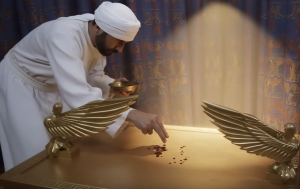 The Hebrew word kippur means atonement, covering, or purging. In ancient Israel, the High Priest entered the Holy of Holies once a year to make atonement for the sins of the nation (Leviticus 23). This foreshadowed Yeshua, our eternal High Priest in the order of Melchizedek, who offered Himself once for all through His own blood (Hebrews 9:11–12).
The Hebrew word kippur means atonement, covering, or purging. In ancient Israel, the High Priest entered the Holy of Holies once a year to make atonement for the sins of the nation (Leviticus 23). This foreshadowed Yeshua, our eternal High Priest in the order of Melchizedek, who offered Himself once for all through His own blood (Hebrews 9:11–12).
2. Yom Kippur and Prophecy
For Messianic believers, Yom Kippur is both a historical observance and a prophetic rehearsal.
- Judgment Day: Revelation describes a final day of judgment that echoes Yom Kippur themes. The shofar blast represents the trumpet announcing the Day of the Lord.
- Israel’s Redemption: Zechariah 12:10 speaks of a future moment when Israel will recognize Yeshua as Messiah: “They will look on Me whom they have pierced and mourn.”
- The Book of Life: Yom Kippur concludes the Ten Days of Awe, during which names are written into the Book of Life. For believers, this points to the Lamb’s Book of Life in Revelation.
Thus, Yom Kippur is both a look back at atonement and a look forward to final redemption.
3. Traditions and Practices
A. Traditional Observances
- Wearing white to symbolize purity and forgiveness.
- Fasting for 24 hours as a sign of humility and devotion.
- Confession prayers such as the Al-Chet, recited collectively to acknowledge sins.
- Reading Isaiah 53 and Jonah, reflecting on repentance and God’s mercy.
B. Messianic Practices
- Communion – remembering Yeshua’s sacrifice as the ultimate atonement.
- Worship and praise – turning a solemn day into a celebration of redemption.
- Seeking forgiveness – making amends with others before entering the fast.
- Acts of charity – giving to the poor or serving in the community (Hebrews 13:16).
4. Teaching Children
Yom Kippur is a powerful opportunity to teach kids about repentance, forgiveness, and the covering of sin. Some family activities include:
- Forgiveness tree – writing names or sins on paper leaves and hanging them on a tree.
- Illustrations of covering – showing how Christ’s blood “covers” sin with a blanket or cloth.
- Short fasts – giving up sweets or screen time as a way to honor God.
- Story of Jonah – discussing repentance and God’s mercy.
5. The Joy Beyond Repentance
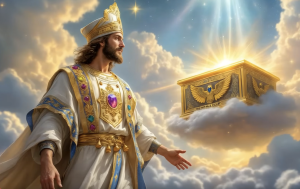 While Yom Kippur is serious, it is also a day of joy for those in Messiah. Through Yeshua, our sins are not only covered but also completely forgiven and removed. This dual reality—solemn repentance and joyful redemption—makes Yom Kippur one of the most meaningful days of the year for believers.
While Yom Kippur is serious, it is also a day of joy for those in Messiah. Through Yeshua, our sins are not only covered but also completely forgiven and removed. This dual reality—solemn repentance and joyful redemption—makes Yom Kippur one of the most meaningful days of the year for believers.
As Isaiah 61:10 declares:
“He has clothed me with garments of salvation and arrayed me in a robe of righteousness.”
Conclusion
Yom Kippur is more than an ancient Jewish custom—it is a divine appointment that points directly to Yeshua’s role as both High Priest and sacrifice. Observing this holy day offers believers a chance to repent, reconcile, and rejoice in the eternal redemption secured by Christ.
For Christians rediscovering God’s calendar, celebrating Yom Kippur brings alignment with His Word, deeper intimacy with Him, and anticipation of the ultimate Day of Atonement still to come.
To watch the full video teaching: https://youtu.be/dUqCI0HKLDQ


